- Home
- Joan Smith
Clouds of Deceit
Clouds of Deceit Read online
CLOUDS OF DECEIT
The Deadly Legacy of Britain’s Bomb Tests
by
JOAN SMITH
Contents
INTRODUCTION
TABLE OF BOMB TESTS
CHAPTER ONE ‘What the bloody hell is going on?’
CHAPTER TWO ‘He ought to stick to science’
CHAPTER THREE Operation Hurricane
CHAPTER FOUR ‘The big bang – for peace’
CHAPTER FIVE ‘Hairy-chested’ attitudes
CHAPTER SIX A case to answer
CHAPTER SEVEN ‘Keep them confused’
CHAPTER EIGHT The cloud drifts on
BIBLIOGRAPHY
Introduction
I was born into the nuclear age: the first British atom bomb had been tested at an island off Western Australia ten months before. I can just remember seeing newsreel film of H-bomb tests when my mother took me to the cinema for the first time at the age of four or five. The mushroom cloud, familiar to me from those newsreels and from the newspapers read by my parents, symbolized the cold-war atmosphere in which I grew up.
Over the years, the image faded and lost much of its power. Until the end of 1982, I had not given the bomb tests a moment’s thought for a very long time. I had been a journalist on the Sunday Times for three years, while acting as occasional adviser to a television company which made current affairs films for Channel Four. At the end of 1982, the company told me about a film they were working on about the British atom bomb tests in the 1950s. It consisted largely of footage bought in from Australia, where men who took part in the tests were already campaigning for compensation for ill-health which, they said, was caused by the tests.
I saw a preview of the film in January 1983 and wrote an article about it in the Sunday Times. The BBC’s Nationwide had just made some programmes about the health of veterans of Britain’s hydrogen bomb tests at Christmas Island and in the face of this publicity the government moved into action, of a sort - it announced it would commission a survey of the health of men who participated in all the British tests.
The story seemed exactly the kind of investigative journalism the Sunday Times should take up. Prima facie, the men appeared to be the unwitting victims of a powerful and monolithic entity. The letters I received from veterans, and the tough line taken by the Ministry of Defence, suggested they would have a long struggle ahead in their search for answers from the government. Their case could have been helped immeasurably by the kind of campaigning and investigative journalism on which the paper had built its reputation in the 1960s and 1970s, under Harold Evans.
Unfortunately, the Sunday Times had undergone radical changes since those days. The major one was, of course, the sale of the paper in 1981 by the Thomson Organisation to Rupert Murdoch. At first, I managed to secure reasonable coverage for the veterans’ claims in spite of the new regime: many of the old staff remained and maintained their commitment to investigative journalism. On 16 January 1983, I wrote the main feature in that week’s paper; it was headlined ‘A-BOMB TESTS: WILL JUSTICE BE DONE?’
It included further stories of lax safety precautions and cited evidence from the US which showed that an atom bomb test in Nevada in the 1950s appeared to have caused leukaemia in American servicemen. It also identified a major obstacle in the veterans’ path: the Crown Proceedings Act 1947, which denies servicemen compensation for injuries sustained during their service.
In the spring of 1983, I tried to persuade the Sunday Times to launch an Insight-style investigation into the claims of the veterans. I received support for this idea from Dr Alice Stewart, of Birmingham University, who was already looking at the health of one group of veterans, those who had been at Christmas Island, and from the then editor of Insight, Christopher Hird. But the attitude of other executives was ambivalent. The paper was feeling the cash restraints imposed by the Murdoch management and was reluctant to commit itself to time-consuming journalism of this sort; its preference for the big, easy story became apparent only months later when it embroiled itself in the Hitler diaries fiasco.
Another problem was the temperament of Frank Giles, who had succeeded Harry Evans as editor in 1981. Unfortunately, his upper-middle-class punctiliousness, combined with his early career in the diplomatic corps, had given him a distaste for Evans-style investigative journalism. He once described the term to me as ‘a tautology’, on the grounds that journalism was ipso facto investigative; he was apparently unaware that this notion is daily dispelled by the content of newspapers like the Sun. He vetoed the project.
I did what I could within the limited resources of the newsroom budget, and in between the many other calls on my time made by the newsdesk. This situation continued through most of 1983. By keeping in touch with the veterans, and scientists who worked in the field of low-level radiation - and with the enthusiastic help of the newsroom researcher, Carol Baker - I managed to produce a number of stories about the bomb tests.
In October 1983, a new editor took over and my problems increased. The change, which happened very quickly, meant that the executives’ previous argument that the paper could not really afford to do old-fashioned investigative journalism turned into outright prohibition. The political climate had altered.
In that month, for the first time in my career at the Sunday Times, a story I had written was kept out of the paper on political grounds: its subject was CND. Sadly, I was not the only journalist to suffer from political interference. By January 1984, many of the journalistic staff were demoralized. Some had left, others had been sacked.
At the end of the month, I was summoned to an interview with one of the paper’s executives. He told me that the new editor, Andrew Neil, felt I had ‘got into a rut’ on nuclear stories. It was a curious reversal of the old practice at the paper, under which reporters were encouraged to gain expertise in particular fields which interested them.
The message was clear: stories that might damage the nuclear industry were no longer welcome at the Sunday Times. Six weeks later, I obtained a damaging document about the bomb tests which had been released to the Public Records Office at Kew by the government. The newsdesk was clearly reluctant to run the story. In the end, it appeared on an inside page, inconspicuously sited below the fold. The ruse failed to work as the following day Australian newspapers picked up the story and blazed it across their front pages. The chaos reigning at the Sunday Times was amply demonstrated later in the same week when I was asked to follow up a report that an inquiry had been set up in Australia as a result of my tucked-away revelation. On 31 March 1984, I left the paper and decided to write this book.
The story of the British nuclear tests has unfolded slowly, and is not yet finished. My purpose in writing this book has been twofold. I wanted to tell, at length, enough of the tale to demonstrate that the British government has a substantial case to answer. I also wanted to show that the bomb tests are not part of the past, as I believed only two-and-a-half years ago.
They remain with us in the shape of the victims: the British and Australian servicemen and civilians who, I believe, have become ill and even died because of the tests; and the aborigines, many of whom were damaged by radiation and whose traditional homelands have been turned into a radioactive wasteland.
The tests are still with us in another sense as well: they have continued without a break to the present day. Britain now tests nuclear weapons underground in Nevada, as does the US; radiation regularly escapes and irradiates further the unfortunate people who live near the testing site. Russia has similarly continued testing.
The tests are a hidden testimony to the continued existence of the cold war. In the forty years since the end of the Second World War, it has never gone away - it has merely submerged from our consciousness
from time to time. We will know that the major powers are serious about drawing back from the threshold of world war only when they take the first step of putting an end to nuclear weapons tests.
My task in writing this book was made much easier by the decision of the Australian government to set up a Royal Commission to examine allegations about the British tests. I have drawn heavily on the evidence of witnesses who appeared before it, and documents released to it by the British government. While the analysis and views expressed in this book are mine alone, I received invaluable assistance while researching it from the following people: Ken McGinley and Michael Doyle, of the British Nuclear Tests Veterans’ Association; Peter McClellan, the barrister who assisted the Australian Royal Commission; Andrew Collett, the barrister who represented the aborigines; and Greenpeace. Margaret Gowing’s three-volume history of the early days of Britain’s nuclear programme was an excellent guide to the events leading up to the bomb tests. Patrick Green’s thesis on the low-level radiation controversy provided a comprehensive and thoughtful view of the issue.
Vital additional research was carried out by Carol Baker in London, and by Robert Milliken in London and Sydney. Support and helpful suggestions came from Jennifer Benjamin, Anita Bennett, Barbara Crossley, Linda Lewis, Bruce Palling, John Shirley, Giles Stacey and Gill Williams. I am grateful to my agent, Sara Drake, and my editor for their help and enthusiasm. Francis Wheen suggested the project and provided a constant and reassuring presence during the writing of it; to him I owe a debt I hope to repay with love.
Joan Smith
London, April 1985
Chapter One
‘What the bloody hell is going on?’
Message from the acting prime minister
of Australia, 19 June 1956, as a
radioactive cloud drifted over the mainland
Christmas Island is the largest coral atoll in the Pacific Ocean. It lies just north of the equator, three-and-a-half thousand nautical miles to the north-east of Sydney. It is also the place where, between November 1957 and September 1958, Britain exploded six nuclear weapons, including four hydrogen bombs. British servicemen who witnessed the bomb tests were told that they would remember the experience for the rest of their lives.
One of those men was Ken McGinley, a young Scottish sapper in the Royal Engineers. McGinley was just 19 years old when he left Southampton on New Year’s Eve 1957 on board the troop ship Dunera, bound for the Pacific Ocean. ‘Our sergeant only told us what we were going to see when we were three weeks out,’ McGinley recalled nearly thirty years later. ‘Even then, we were only told we were going to witness bombs going off - not nuclear bombs, not atomic bombs, just bombs. I hadn’t heard anything about bomb tests, I hadn’t even heard of Hiroshima and Nagasaki. What boy or girl of nineteen had? We weren’t interested in bombs.’
Nevertheless, by the time McGinley left Christmas Island a full twelve months later, he had been lined up on a beach on five separate occasions to witness bomb tests. He had seen dozens of men around him suffer violent stomach upsets from shock, had been given the gruesome task of picking up the corpses of burned and blinded birds for dumping at sea, and he had suffered blisters on his face and chest. The blisters, which appeared four days after McGinley’s first test, a hydrogen bomb on 28 April 1958, were only the harbinger of a catalogue of ill health which led to his being pensioned off from the service at the end of 1959. At the age of only 21, McGinley found himself out of the army and in possession of a 30 per cent disability pension. He was suffering from blackouts and a duodenal ulcer. His GP, who examined him just before he left the army, told him: ‘You will regret for the rest of your life that you were at Christmas Island.’ But McGinley’s other medical problem was not to become apparent for some years.
In 1960, McGinley got married. He and his wife, Alice, desperately wanted a child. Both come from large families, a tradition which has been carried on by McGinley’s five brothers and sisters who have twenty-four children between them. His wife’s three sisters also have numerous children. But McGinley discovered he was sterile. ‘I’m 100 per cent positive it’s because I was at Christmas Island,’ he said. He has since found out that three other men out of the seven with whom he shared his tent have been unable to have children. Radiation is known to cause sterility.
On his return to Britain from Christmas Island, McGinley had been told not to speak to anyone about what he had seen there. It was an injunction he obeyed until November 1982, when he was told that his army pension was to be reviewed. He obtained his service medical records and discovered, to his astonishment, that they were incomplete. The blisters which appeared after the April 1958 bomb, and which were severe enough to require twelve days’ treatment, were not mentioned. ‘I was disgusted to find they were not complete and might even have been tampered with,’ he said. He decided to break his silence and write to a Scottish newspaper, claiming his health had been damaged by the tests. Six months later, he became chairman of the newly formed British Nuclear Tests Veterans’ Association.
McGinley runs the association from his guest house at East Bay, Dunoon. He is a small, wiry man with a gentle Scottish accent. Just over two years since it was set up, the association has 1,300 members and takes up a good deal of Ken McGinley’s energy. ‘I could spend twenty-four hours a day and still not have enough time,’ he observed wryly. But his memories of events at Christmas Island remain undimmed and he is eager to establish the truth of what happened not just for himself but for all the others who took part - and their widows.
‘We arrived at Christmas Island very early one morning in February 1958,’ he recalled. ‘It was gorgeous. What I noticed about it first of all was the barrier reef, you saw the water breaking against it all the time. It was more or less a flat island with no vegetation other than coconuts. There wasn’t much animal life, just rats and crabs, but there were lots of birds. They were funny-looking birds, we used to call them Grapple birds after the name of the Operation. After the April 28 bomb, one of my jobs was to lift them up and put them on a landing craft to be taken out to sea. Some of them were still alive but they were blind, their eyes had been burned out.’
When McGinley arrived at the island, the islanders, who originated from what were then called the Gilbert and Ellice Islands, lived in a village near to one of the military camps. ‘I couldn’t say how many of them there were,’ said McGinley, ‘but two or three of the men worked with us in the camp. They were very friendly people. They were taken away from the island the day before each explosion. I herded them on to the ship. They were taken below deck and shown cartoon films.’
The men were told only the day before each test when it was to take place. ‘All we were told to do was sit on the beach. They would start the countdown and then say “hold it, that was a dummy run”. They would do that three or four times. You could be sitting on that beach in one hundred degrees for two hours. Two or three guys fainted. It was very uncomfortable. We were never given protective clothing. I remember distinctly what I wore - my jungle green hat, jacket and long trousers. We were told to cover our ears with our hands when the flash appeared.
‘When the bomb went off, it was uncanny. We watched its effect on the water. It was very still and then, all of a sudden, you saw the wave coming towards you. The noise was deafening, like a thousand horses thundering towards you. The man next to me broke down and cried. A lot of men suffered from immediate diarrhoea. After each bomb, it was very noticeable on the night of the explosion that you could hardly get near the toilets. It was really, really terrible.’
Some men suffered skin burns, McGinley himself came out in blisters. There were other problems, too. ‘I did notice that some men suffered psychiatric problems,’ said McGinley. ‘Some of the Fijians [a number of Fijian soldiers took part in the tests with the British] were sent home. Later in the series of tests, in September, it became even more noticeable. Men would do anything to get sent back to the UK. One of them set fire to the hospital tent. Disciplin
e was terrible and all kinds of assaults took place quite regularly.’
Horrific though the actual tests were, McGinley’s other vivid recollection is of the relentless boredom of life on Christmas Island. The men’s diet consisted almost solely of canned food, with no fresh milk to be had except for what they got on occasional trips to Hawaii. The food was often thrown into the sand in disgust. ‘We didn’t realize we were going to be stuck out there for a year,’ McGinley recalled. ‘There was nothing to do to keep us occupied, nothing at all.’
Since he became one of the first British veterans to air his complaints publicly, McGinley has heard innumerable stories like his own from other Christmas Island veterans and those who took part in the British atom bomb tests in Australia. His mail is full of letters from veterans or their widows, some recounting their experiences for the first time, others bringing him up to date on their battles with the British government over pensions, or describing the latest developments in their illnesses. One of his most heartbreaking tasks as chairman of the association is advising the newly-bereaved widows of veterans who turn to him for advice on how to go about finding out what happened to their husbands at the tests.
In just over two years, about ninety members of the association have died. Many are relatively young men in their late forties or early fifties. Often, their widows become active members of the association in their place.
McGinley’s work for the association is often harrowing, but one particular experience haunts him to this day. One evening in November 1983, he received a phone call from a man who told him starkly: ‘I’m phoning on behalf of my widow.’ After this unnerving opening, the man went on to explain that he was an RAF officer, a squadron leader who had served at Christmas Island. Knowing himself to be dying from cancer, and about to go back into hospital for yet another course of treatment, he had decided to ring the association to ask for help for his wife. ‘When I die, I want you to get those bastards,’ he told McGinley. He died a month later. ‘That’s the kind of thing that makes you fight on,’ McGinley told me.

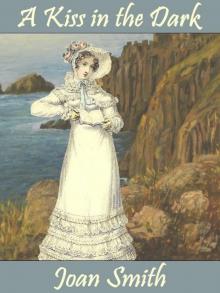 A Kiss in the Dark
A Kiss in the Dark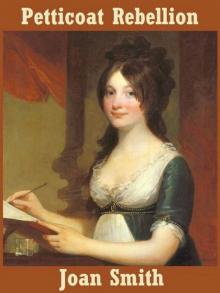 Petticoat Rebellion
Petticoat Rebellion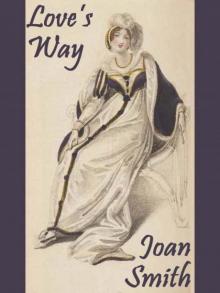 Love's Way
Love's Way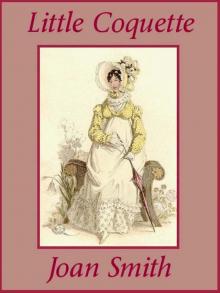 Little Coquette
Little Coquette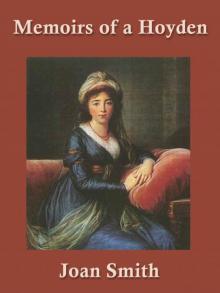 Memoirs of a Hoyden
Memoirs of a Hoyden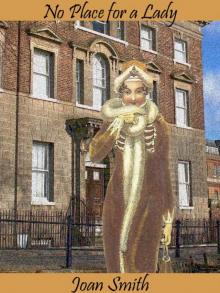 No Place for a Lady
No Place for a Lady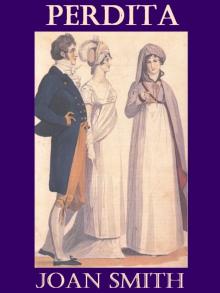 Perdita
Perdita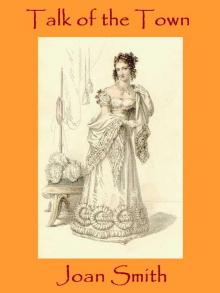 Talk of the Town
Talk of the Town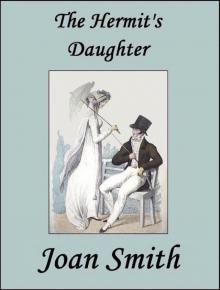 The Hermit's Daughter
The Hermit's Daughter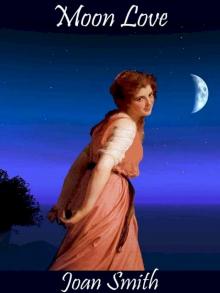 Moon Love
Moon Love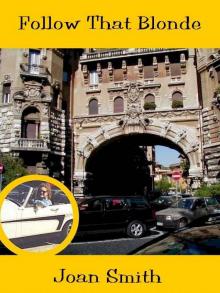 Follow That Blonde
Follow That Blonde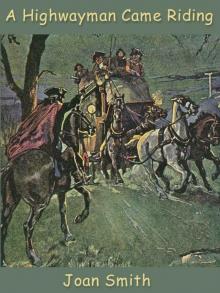 A Highwayman Came Riding
A Highwayman Came Riding The Great Christmas Ball
The Great Christmas Ball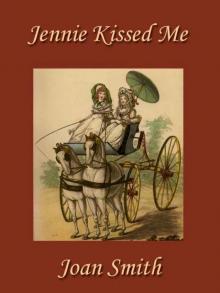 Jennie Kissed Me
Jennie Kissed Me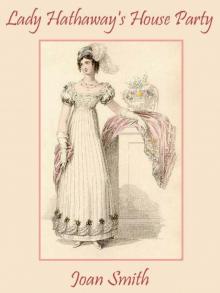 Lady Hathaway's House Party
Lady Hathaway's House Party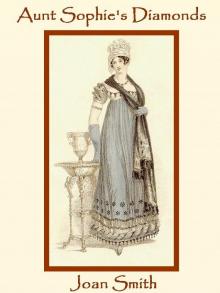 Aunt Sophie's Diamonds
Aunt Sophie's Diamonds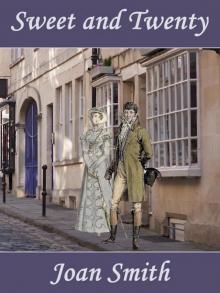 Sweet and Twenty
Sweet and Twenty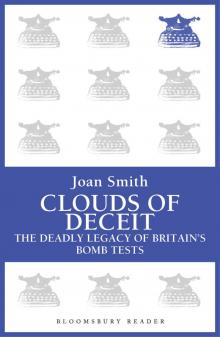 Clouds of Deceit
Clouds of Deceit What Men Say
What Men Say The Devious Duchess
The Devious Duchess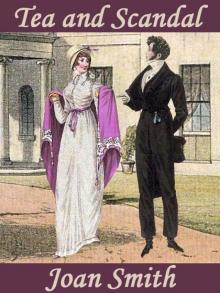 Tea and Scandal
Tea and Scandal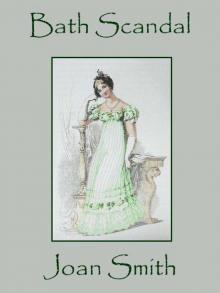 Bath Scandal
Bath Scandal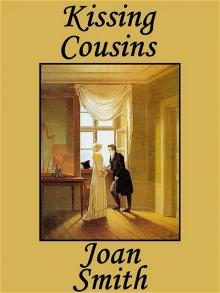 Kissing Cousins
Kissing Cousins Love's Harbinger
Love's Harbinger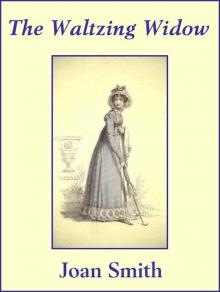 The Waltzing Widow/Smith
The Waltzing Widow/Smith The Polka Dot Nude
The Polka Dot Nude Thick As Thieves
Thick As Thieves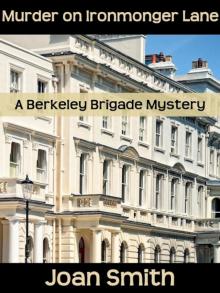 Murder on Ironmonger Lane
Murder on Ironmonger Lane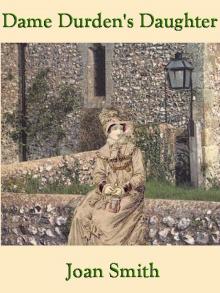 Dame Durden's Daughter
Dame Durden's Daughter Endure My Heart
Endure My Heart The Savage Lord Griffin
The Savage Lord Griffin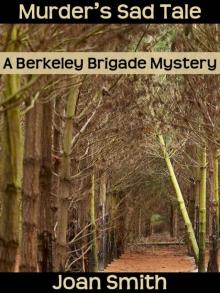 Murder's Sad Tale
Murder's Sad Tale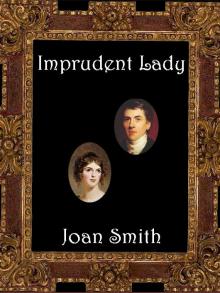 Imprudent Lady
Imprudent Lady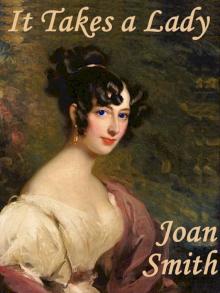 It Takes a Lady
It Takes a Lady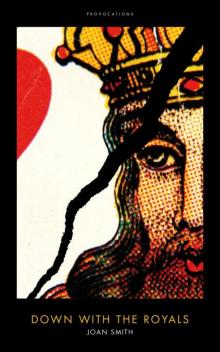 Down With the Royals
Down With the Royals Aurora
Aurora A Brush with Death
A Brush with Death The Black Diamond
The Black Diamond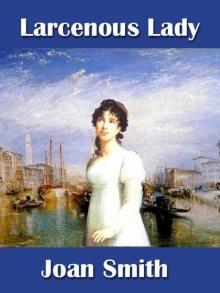 Larcenous Lady
Larcenous Lady To Mourn a Murder
To Mourn a Murder Francesca
Francesca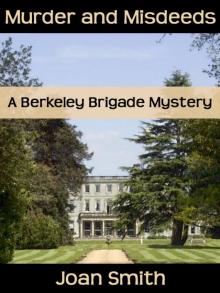 Murder and Misdeeds
Murder and Misdeeds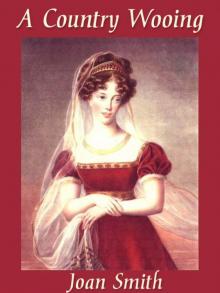 A Country Wooing
A Country Wooing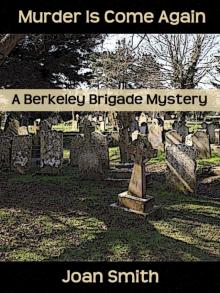 Murder Is Come Again
Murder Is Come Again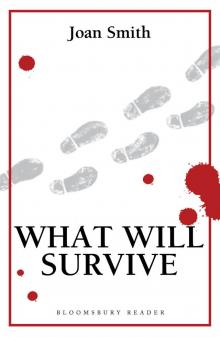 What Will Survive
What Will Survive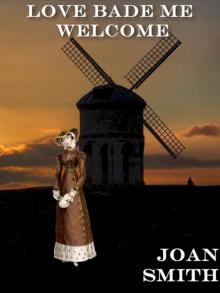 Love Bade Me Welcome
Love Bade Me Welcome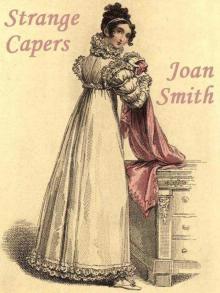 Strange Capers
Strange Capers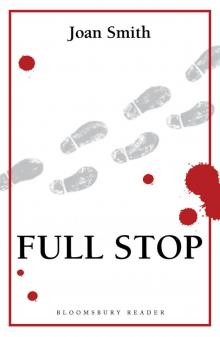 Full Stop
Full Stop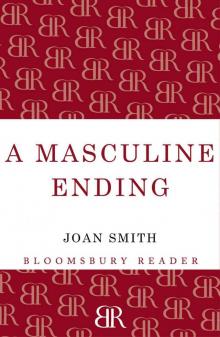 Loretta Lawson 01 - A Masculine Ending
Loretta Lawson 01 - A Masculine Ending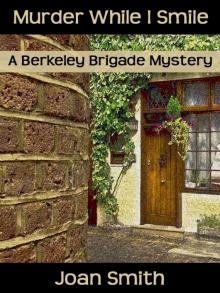 Murder While I Smile
Murder While I Smile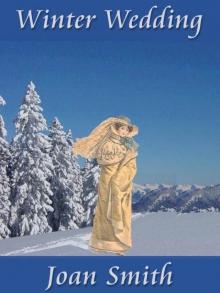 Winter Wedding
Winter Wedding Capriccio
Capriccio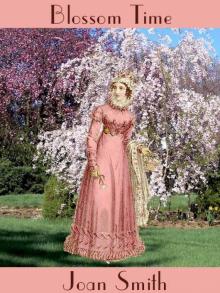 Blossom Time
Blossom Time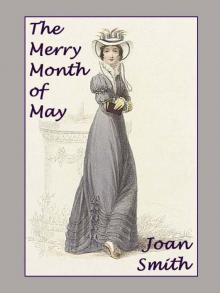 The Merry Month of May
The Merry Month of May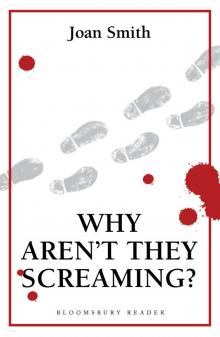 Why Aren't They Screaming?
Why Aren't They Screaming?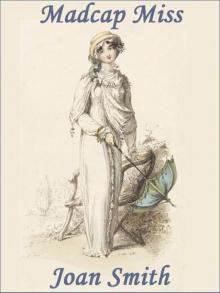 Madcap Miss
Madcap Miss Delsie
Delsie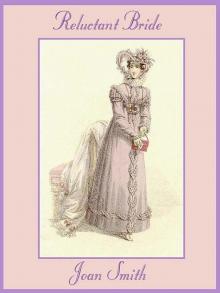 Reluctant Bride
Reluctant Bride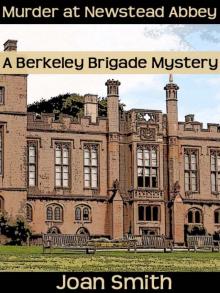 Murder at Newstead Abbey
Murder at Newstead Abbey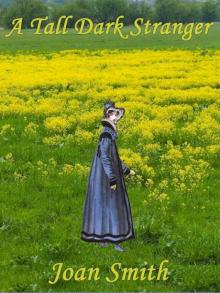 A Tall Dark Stranger
A Tall Dark Stranger Letters to a Lady
Letters to a Lady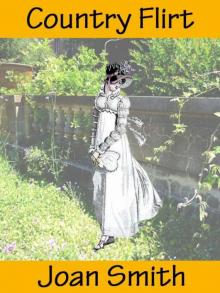 Country Flirt
Country Flirt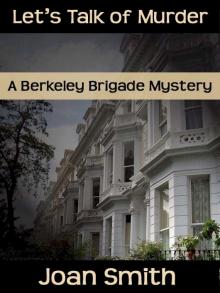 Let's Talk of Murder
Let's Talk of Murder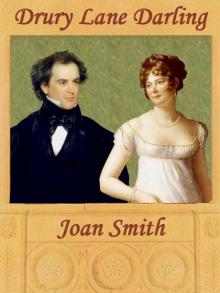 Drury Lane Darling
Drury Lane Darling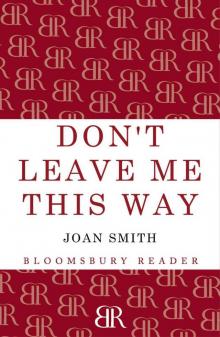 Loretta Lawson 03 - Don't Leave Me This Way
Loretta Lawson 03 - Don't Leave Me This Way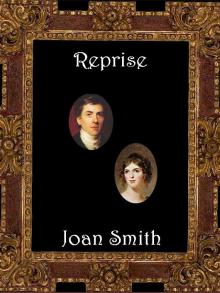 Reprise
Reprise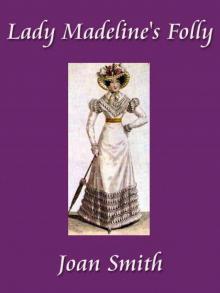 Lady Madeline's Folly
Lady Madeline's Folly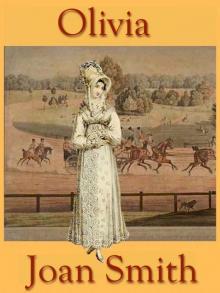 Olivia
Olivia Midnight Masquerade
Midnight Masquerade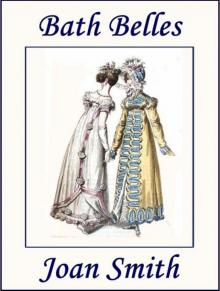 Bath Belles
Bath Belles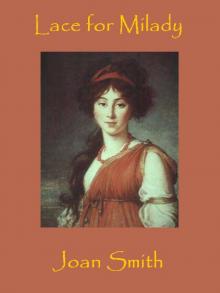 Lace for Milady
Lace for Milady Silken Secrets
Silken Secrets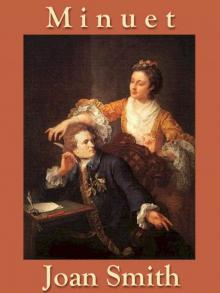 Minuet
Minuet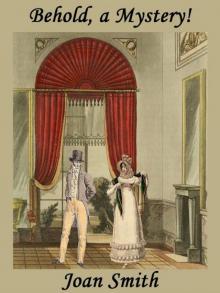 Behold, a Mystery!
Behold, a Mystery! Babe
Babe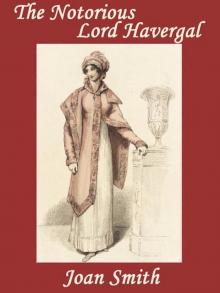 The Notorious Lord Havergal
The Notorious Lord Havergal Romantic Rebel
Romantic Rebel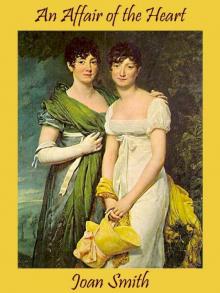 An Affair of the Heart
An Affair of the Heart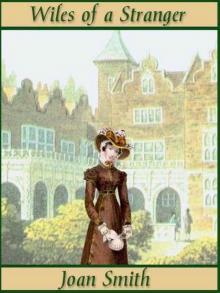 Wiles of a Stranger
Wiles of a Stranger The Royal Scamp
The Royal Scamp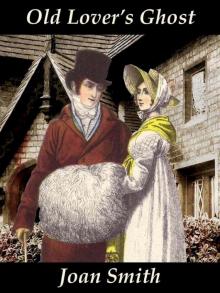 Old Lover's Ghost
Old Lover's Ghost The Virgin and the Unicorn
The Virgin and the Unicorn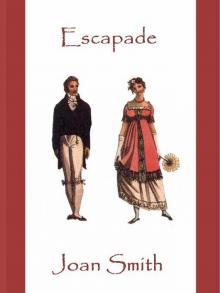 Escapade
Escapade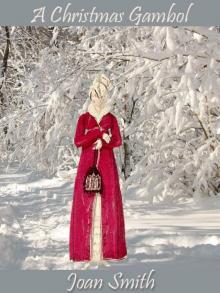 A Christmas Gambol
A Christmas Gambol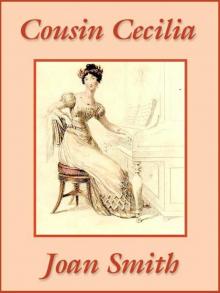 Cousin Cecilia
Cousin Cecilia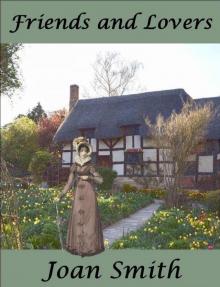 Friends and Lovers
Friends and Lovers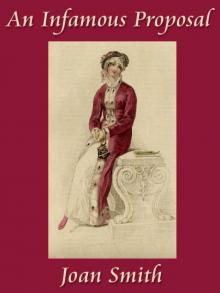 An Infamous Proposal
An Infamous Proposal Regency Masquerade
Regency Masquerade Shadow of Murder
Shadow of Murder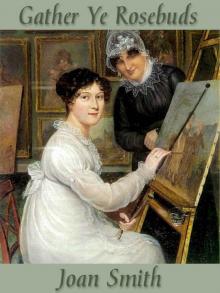 Gather Ye Rosebuds
Gather Ye Rosebuds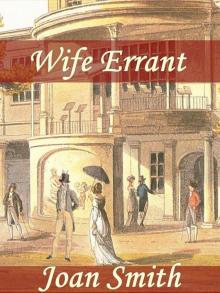 Wife Errant
Wife Errant![[Berkeley Brigade 10] - Shadow of Murder Read online](http://i1.bookreadfree.com/i2/04/11/berkeley_brigade_10_-_shadow_of_murder_preview.jpg) [Berkeley Brigade 10] - Shadow of Murder
[Berkeley Brigade 10] - Shadow of Murder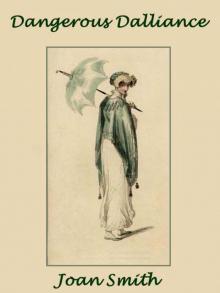 Dangerous Dalliance
Dangerous Dalliance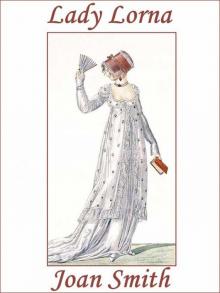 Lady Lorna
Lady Lorna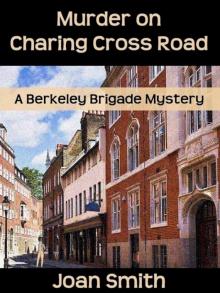 Murder on Charing Cross Road
Murder on Charing Cross Road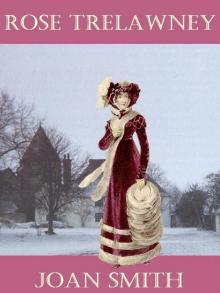 Rose Trelawney
Rose Trelawney Prelude to Love
Prelude to Love The Spanish Lady
The Spanish Lady Damsel in Distress
Damsel in Distress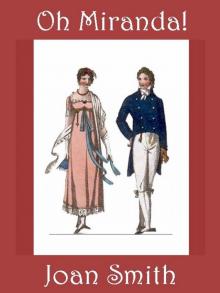 Oh Miranda!
Oh Miranda! The Blue Diamond
The Blue Diamond